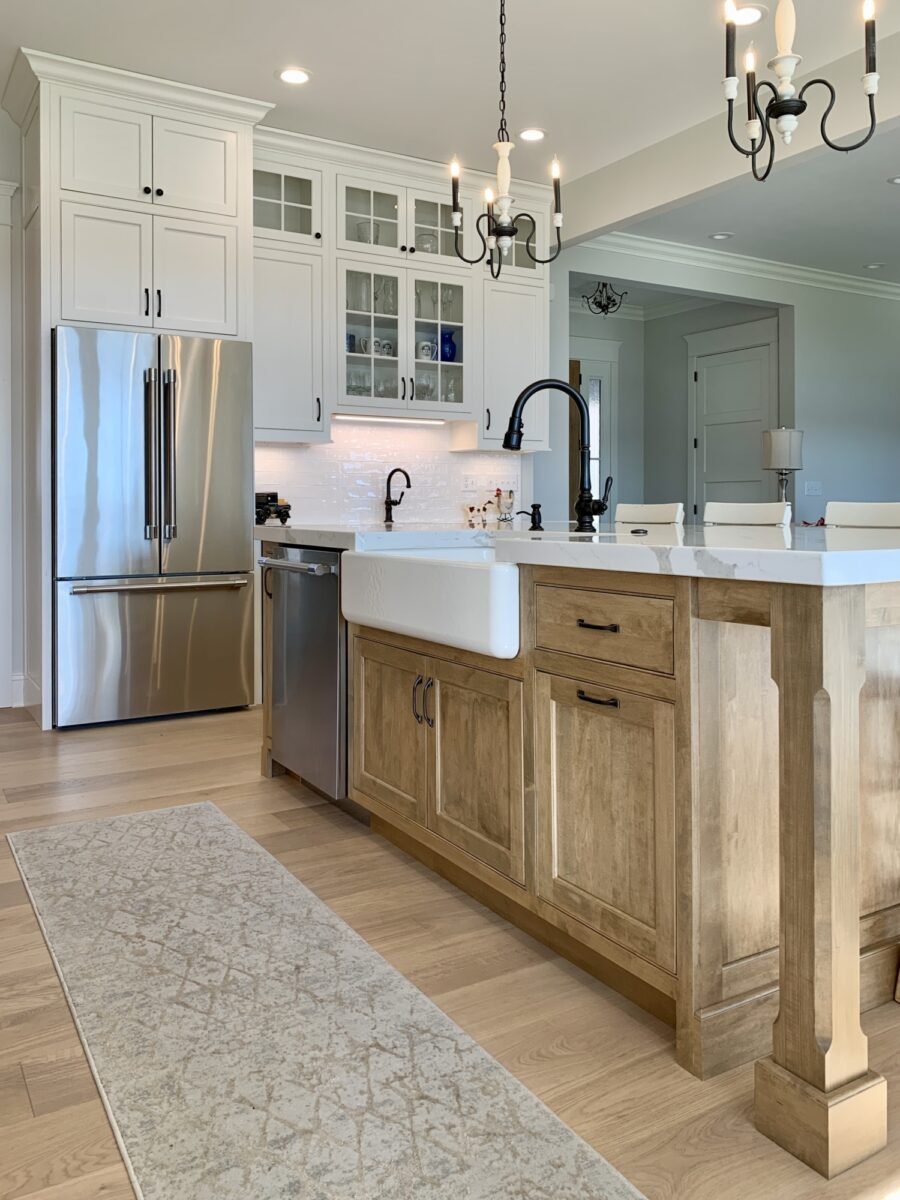Depend On Professional Workmanship for Tailored Legs For Kitchen Island Ideas
Depend On Professional Workmanship for Tailored Legs For Kitchen Island Ideas
Blog Article
A Guide to Selecting the Perfect Legs For Cooking Area Island for Your Home
Picking the suitable legs for your kitchen island is a nuanced choice that impacts both the functionality and aesthetic appeal of this main space. As you think about these components, it becomes evident that the right legs can transform not only the appearance of your cooking area yet also its usability for years to come.

Understanding Cooking Area Island Legs
When picking legs for a kitchen island, it's vital to recognize their practical and aesthetic duties in the total layout. The legs act as a vital assistance system, guaranteeing security and resilience for the island, which usually works as a workspace, dining area, or collecting place. The choice of product and building and construction method should be durable enough to hold up against everyday usage and possible wear.
In enhancement to their architectural duties, legs add considerably to the island's visual allure. They can boost the kitchen's design, whether through conventional, contemporary, or eclectic styles. The elevation and proportion of the legs are likewise crucial factors to consider; they need to integrate with the island's kitchen counter elevation while ensuring comfy seating for those using the room.
Furthermore, the leg style can affect the overall circulation of the cooking area. Open, airy leg styles can develop a sense of agility, while solid, considerable legs may communicate a much more based and steady visual - Legs For Kitchen Island. Understanding these practical and visual facets will certainly direct property owners in making notified options that match their kitchen area's style and enhance its functionality
Popular Styles and Products
The choice of legs for a cooking area island includes a variety of prominent styles and materials, each offering one-of-a-kind characteristics that can boost both capability and looks. Amongst one of the most sought-after styles are modern, rustic, and standard. Contemporary legs often feature sleek, minimalist styles that highlight simplicity and tidy lines, making them suitable for contemporary cooking areas. Rustic designs, on the other hand, accept natural components and commonly showcase recovered timber or distressed finishes, adding heat and charm to the space. Standard legs generally show ornate information and workmanship, boosting timeless cooking area layouts.

Height and Stability Factors To Consider

The legs of the kitchen island must provide adequate assistance, ensuring that the structure can hold up against day-to-day usage without tottering or moving. Material selection plays a significant duty in security; steel legs, for circumstances, often tend to offer better toughness contrasted to wood.
Matching Your Kitchen Area Visual
Choosing the appropriate legs for your kitchen island surpasses performance; it additionally plays a substantial role in the general aesthetic of the space. When selecting legs, take into consideration the design style of your kitchen. For a modern look, streamlined steel or minimalist styles can develop a clean, modern-day vibe. On the other hand, conventional or rustic kitchen areas commonly gain from wooden legs with intricate detailing or a troubled surface, improving warmth and character.
Legs that match or contrast with your island's surface area and bordering cabinets can produce visual harmony or striking focal factors. In addition, think more about the coating of the legs; matte, glossy, or distinctive coatings can considerably affect the total feel of the kitchen.
Installment and Maintenance Tips
Setting up kitchen island legs needs cautious attention to information to ensure both stability and aesthetic allure. Begin by choosing an ideal place for your island, guaranteeing it is degree and has sufficient room for motion. If you are affixing the legs to a wall surface or making use of braces for included support, make use of a stud finder to locate wall surface studs. Mark the positioning of the legs properly before boring.
When securing the legs, utilize top quality screws and, if needed, timber glue for extra stamina. For metal legs, make certain that you are using appropriate supports and devices to avoid damage to your flooring. It is advisable to check for levelness after installation, making modifications as required to avoid wobbling.
Tidy the legs with an appropriate cleaner, staying clear of rough products that might scrape the surface. By adhering to these setup and upkeep pointers, you can guarantee that your kitchen area island legs continue to be both aesthetically attractive and functional.
Final Thought
In conclusion, picking the appropriate legs for a cooking area island necessitates cautious factor to consider of elevation, security, and visual compatibility. By picking suitable products and designs that align with the total kitchen style, performance can be boosted while keeping visual allure. Correct installation and ongoing maintenance further add to the toughness and longevity of the kitchen island. Eventually, thoughtful leg option plays an important function in elevating both the practicality and design of the kitchen area area.
When picking legs for a kitchen area island, it's crucial to comprehend their visual and practical roles in the overall layout. Open, ventilated leg designs can develop a sense of agility, while strong, considerable legs might share a more grounded and stable aesthetic. The legs of the cooking area island need to supply sufficient assistance, ensuring that the framework can endure daily use without wobbling or shifting.Installing cooking area island legs calls for mindful interest to information to make sure both stability and aesthetic charm.In conclusion, selecting the proper legs for a kitchen area island demands mindful consideration of elevation, security, and visual compatibility.
Report this page